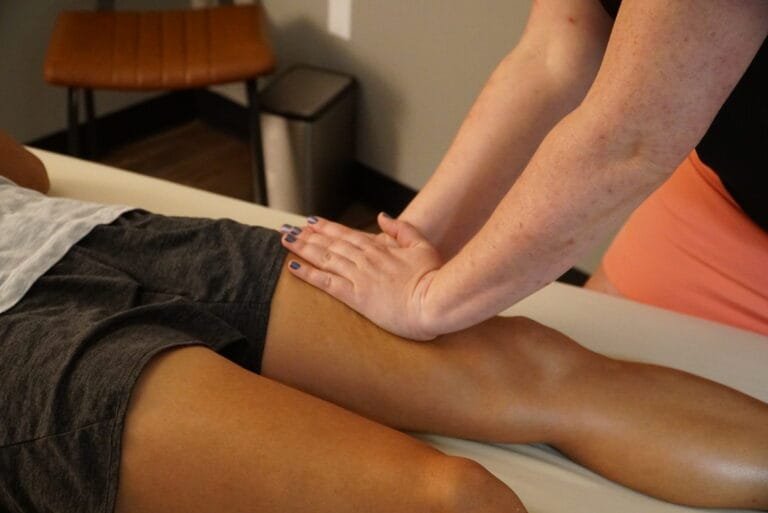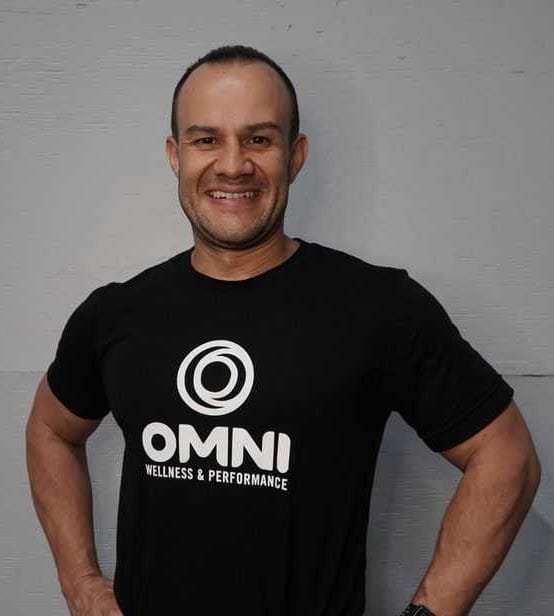Introduction:
Hey there, all you stretchy enthusiasts! Are you ready to unleash your flexibility and take your mobility and performance to the next level? Well, I’ve got just the thing for you – Fascial Stretch Therapy (FST). Not only is it a great way to improve your range of motion and increase your athletic performance, but it’s also a fun and dynamic way to shake up your usual stretching routine. So buckle up, because we’re about to embark on a journey to a more flexible and mobile you!
What is Fascial Stretch Therapy?
First things first – what exactly is Fascial Stretch Therapy? Well, it’s a type of stretching that targets the fascia – the connective tissue that surrounds your muscles and bones. Unlike traditional stretching, which focuses on isolated muscles, FST takes a more holistic approach by stretching the entire fascial system. This can lead to improved flexibility, mobility, and overall performance. Plus, it just feels really good!
Benefits of Fascial Stretch Therapy:
Now that you know what FST is all about, let’s dive into the many benefits it can offer. One of the biggest perks of FST is its ability to improve your overall flexibility. By targeting the fascia, FST can help release tension and tightness in your muscles, allowing you to move more freely and with greater ease. This can be especially helpful for athletes looking to improve their performance and prevent injury. Additionally, FST can help improve your posture, increase your range of motion, and even enhance your circulation. So if you’re looking for a way to boost your mobility and overall well-being, FST might just be the answer you’ve been searching for.
Getting Started with Fascial Stretch Therapy:
Ready to give FST a try? Great! But before you dive in, it’s important to find a qualified FST practitioner who can guide you through the process. Look for someone who is certified in FST and has experience working with clients of all fitness levels. During your first session, your practitioner will assess your current level of flexibility and mobility, as well as any areas of tightness or discomfort. From there, they’ll create a customized stretching routine that’s tailored to your specific needs and goals. And don’t worry – FST is a safe and gentle form of stretching, so you can relax and enjoy the experience without fear of injury.
Unleashing Your Flexibility with Fascial Stretch Therapy:
Now that you’ve found a qualified FST practitioner and are ready to get started, it’s time to unleash your flexibility and see what FST can do for you. During your sessions, your practitioner will gently stretch and release tension in your fascia, helping to improve your range of motion and overall flexibility. You may feel some discomfort or tightness during the stretches, but that’s all part of the process. As you continue with your FST sessions, you’ll likely notice that you’re able to move more freely and with greater ease. Your posture may improve, your range of motion may increase, and you may even experience a boost in your athletic performance. So get ready to stretch your limits and unlock your full potential with FST!
The Importance of Consistency:
Like any form of exercise or therapy, consistency is key when it comes to seeing results with Fascial Stretch Therapy. While you may notice some immediate benefits after your first session, it’s important to stick with it and attend regular sessions in order to fully reap the rewards. Your FST practitioner can help create a schedule that works for you and fits into your busy lifestyle. And remember – the more consistent you are with your FST practice, the more improvements you’ll see in your flexibility, mobility, and overall performance. So stay committed and keep stretching!
Incorporating FST into Your Daily Routine:
While regular FST sessions with a qualified practitioner are essential for seeing the best results, there are also ways to incorporate FST into your daily routine to maintain your flexibility and mobility between sessions. Simple stretches and mobility exercises can help keep your muscles and fascia loose and supple, allowing you to move more freely throughout the day.




